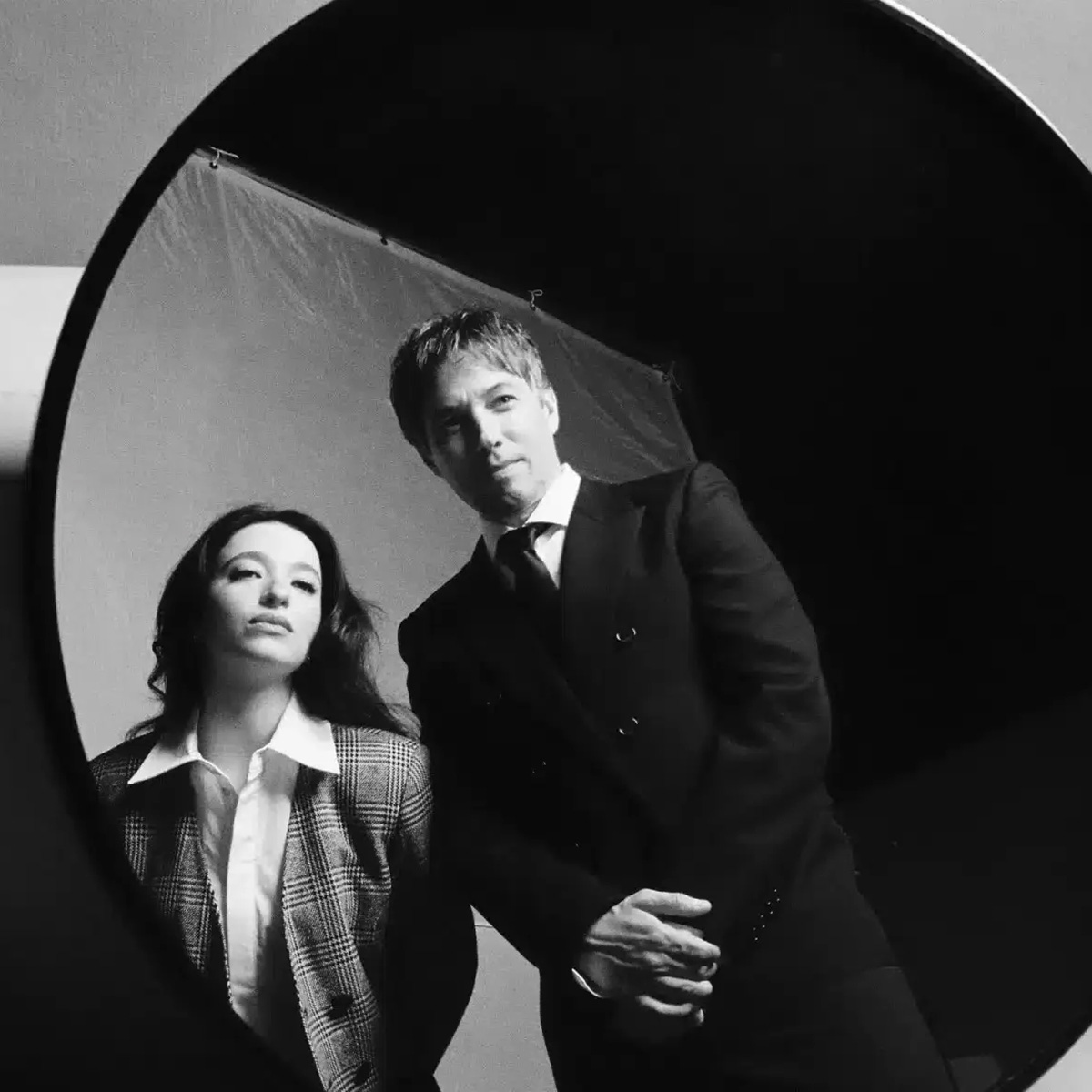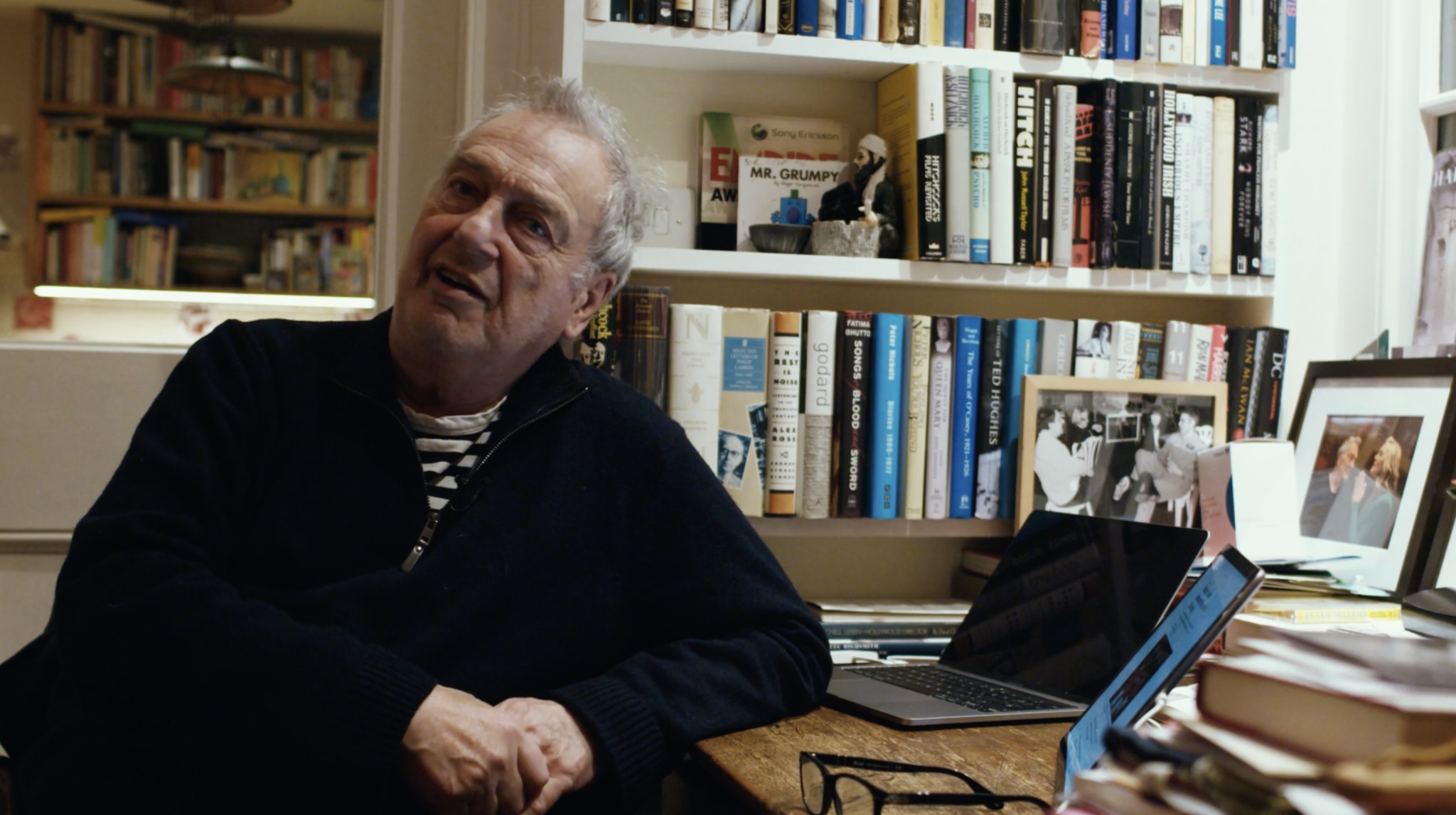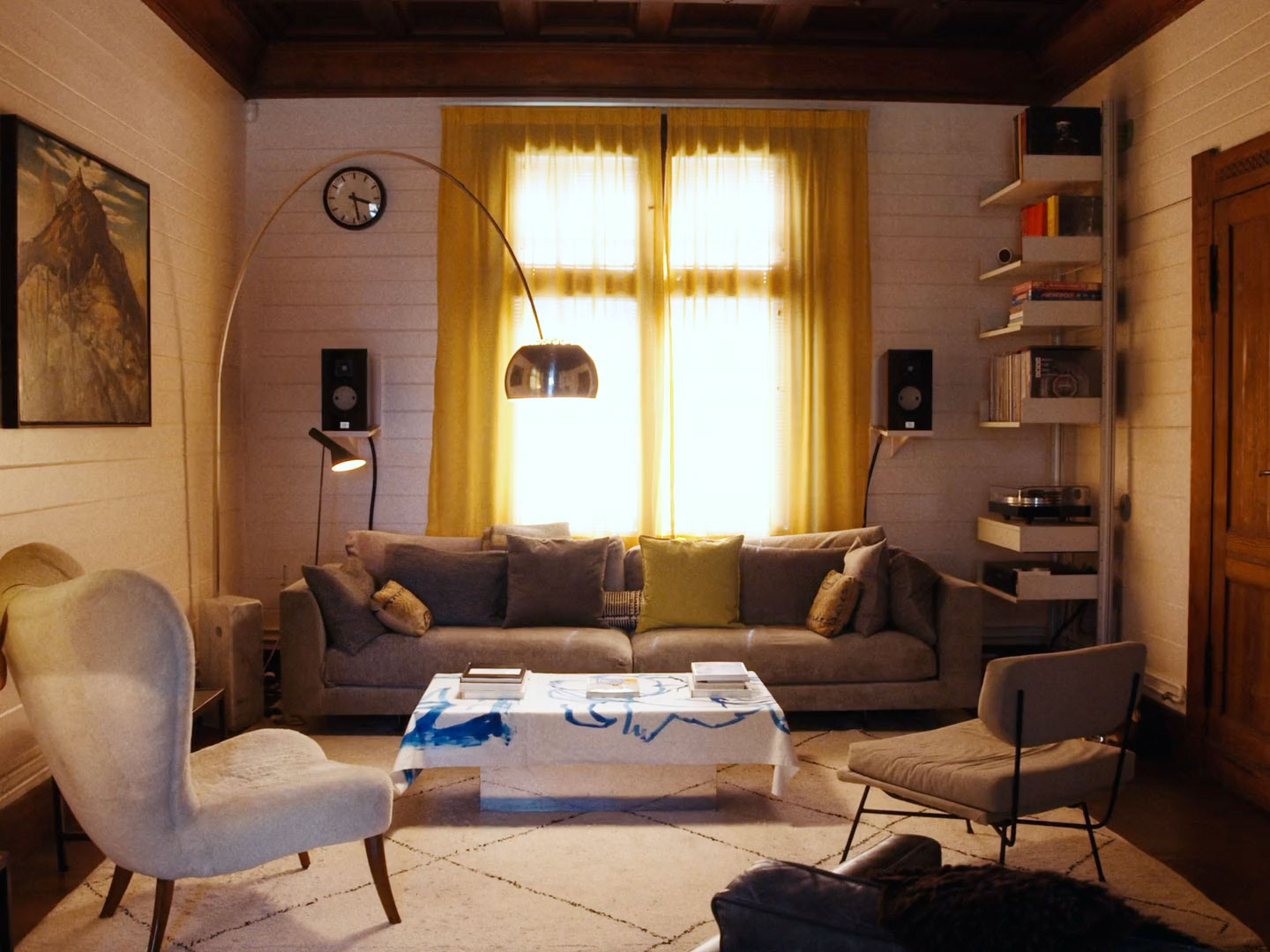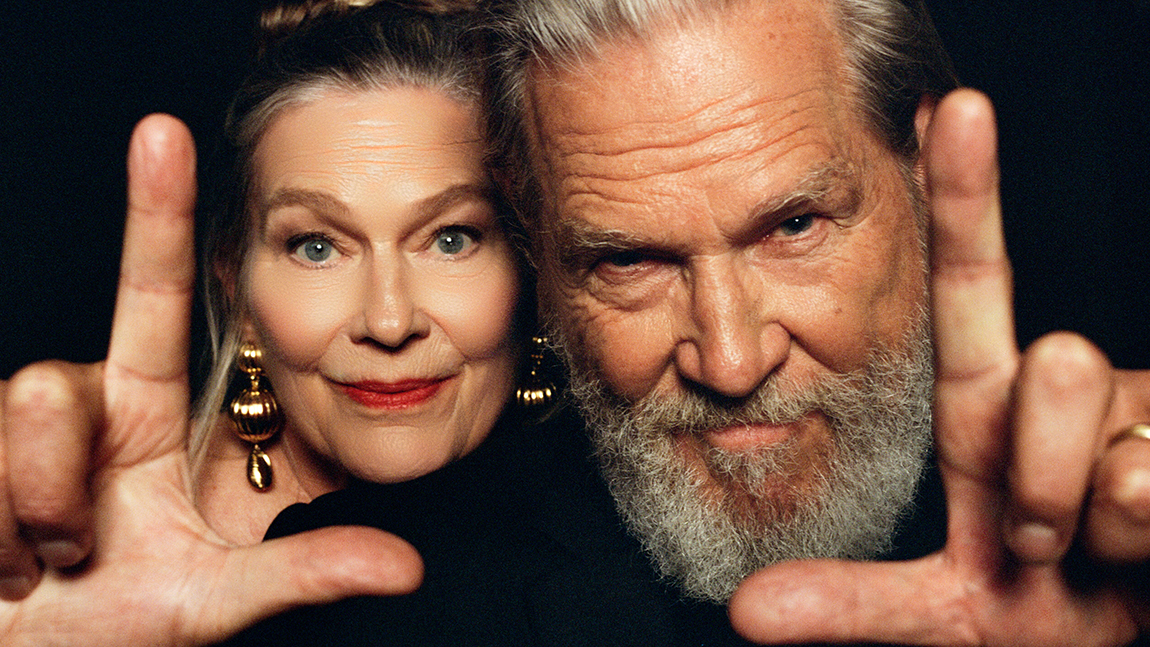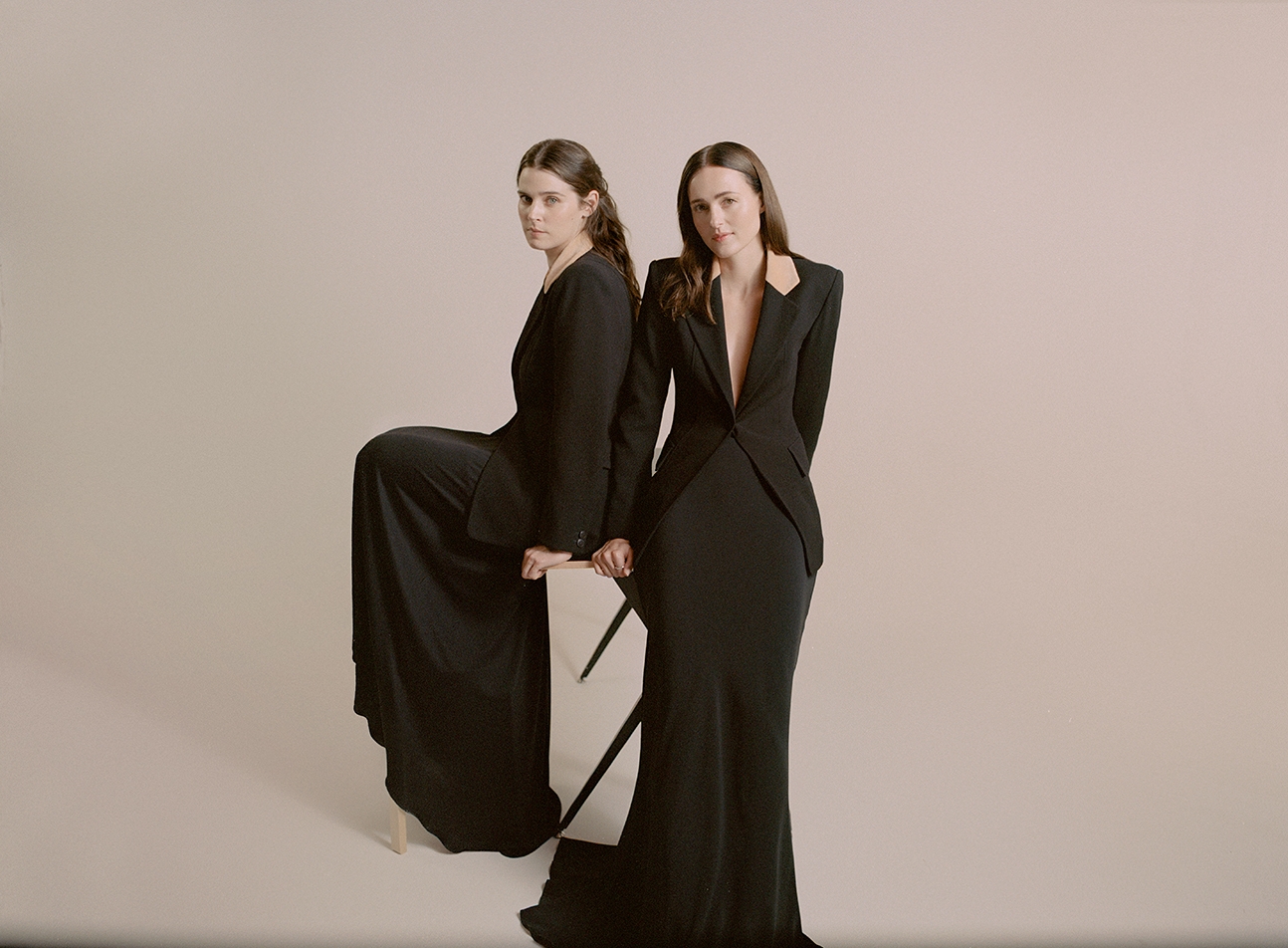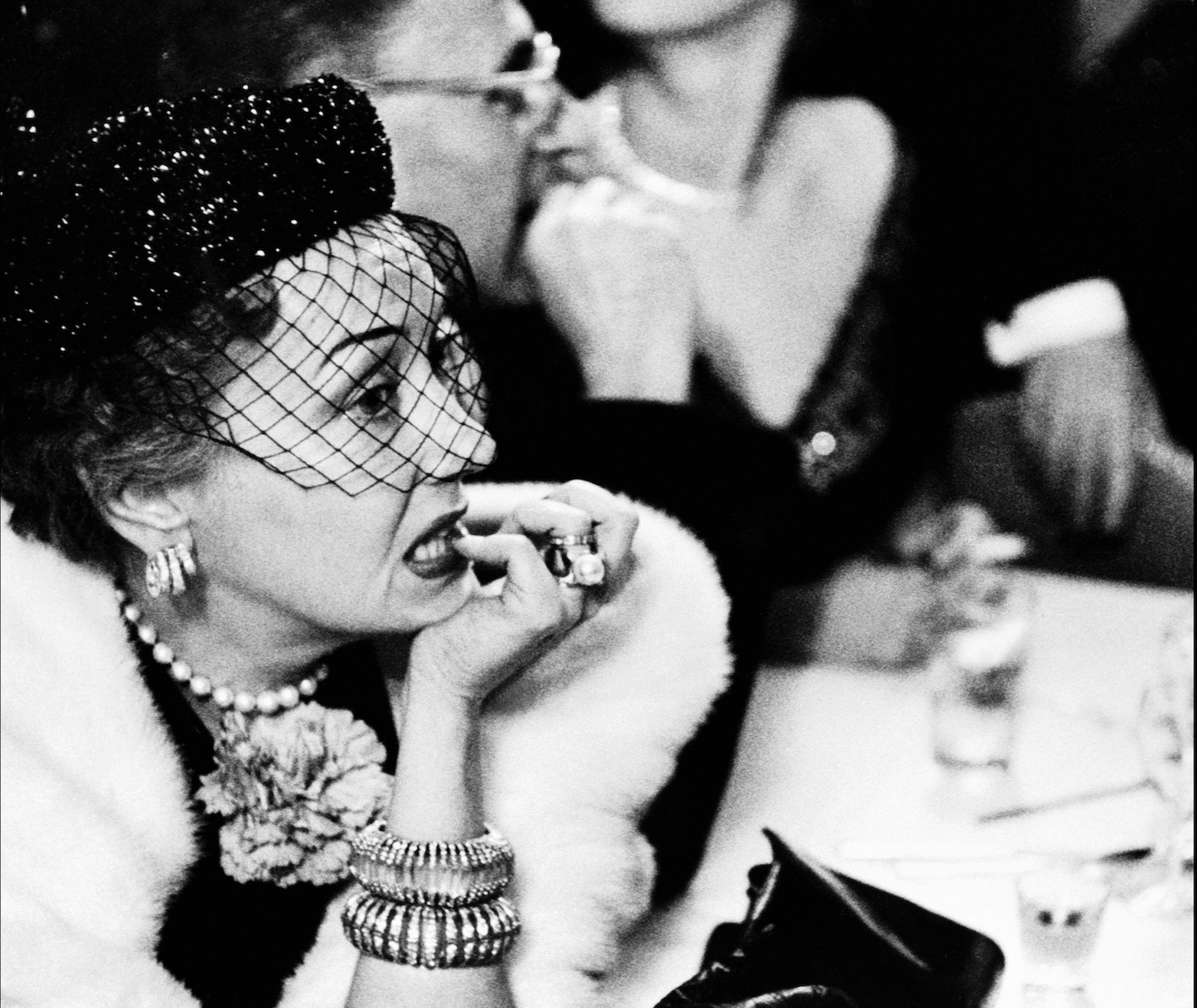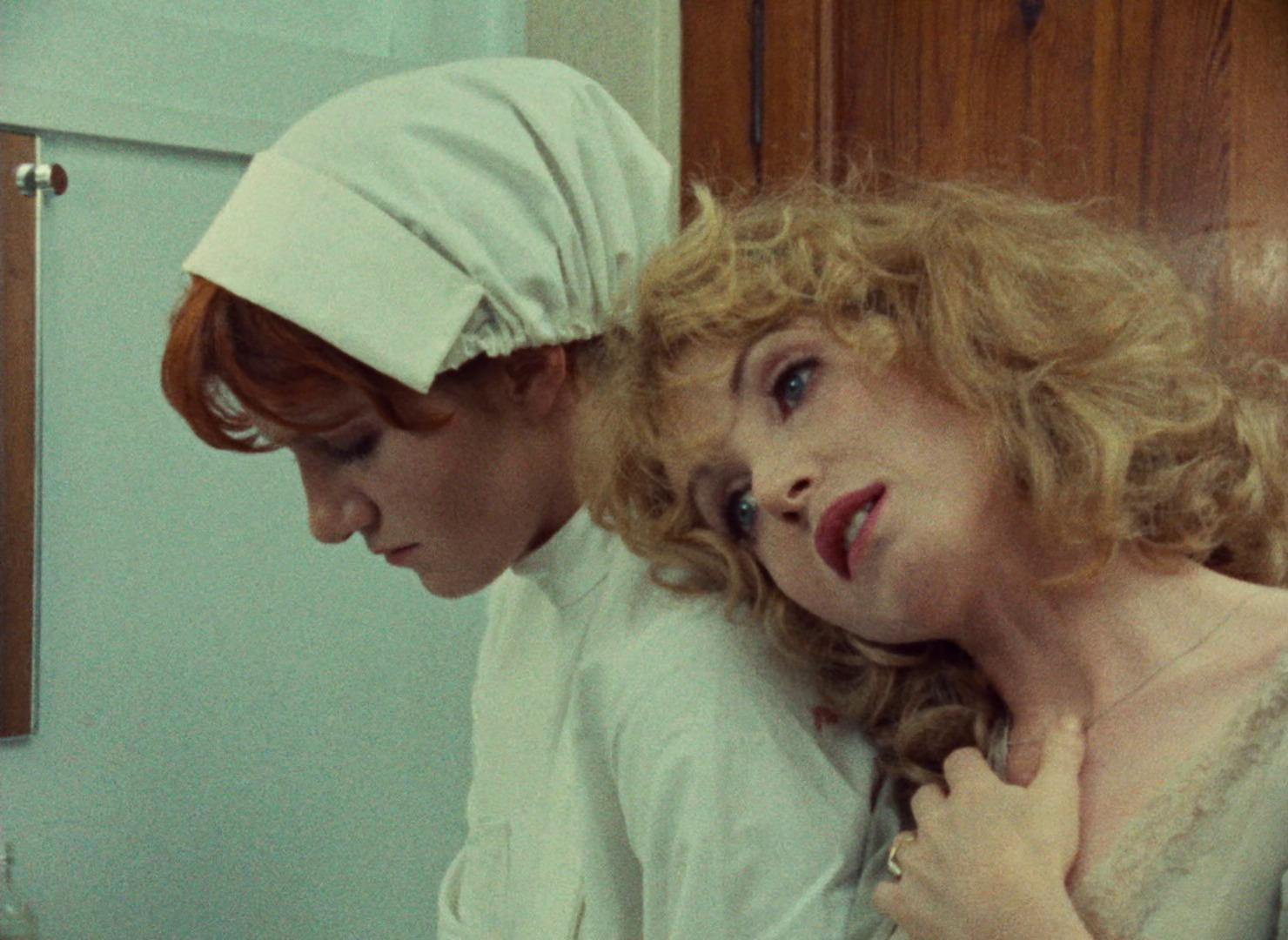

From Mulholland Drive to Céline and Julie Go Boating, ‘persona swap’ is an elusive movie trope in which two (female) individuals exchange lives. About much more than just swapping clothes, they create a transgressive third space where identity is lost and lives intimately intermingle.
It’s the golden age of the doppelganger. From lookalike contests to #seekingsame, we’re slipping into Same Girl Summer as effortlessly as our on-screen idols shift sexily, surreptitiously between identities.
But one film has charmed audiences with this seductive doubling for forty years: Susan Seidelman’s Desperately Seeking Susan (1985), starring a spunky, pre-fame Madonna as Susan and Rosanna Arquette as Roberta. The film explores what happens when one woman becomes so obsessed with another that she steals into her identity—inhabiting her style, sleeping with her lover, taking her job. But this isn’t All About Eve. There’s something more playful, more seductive about these women slipping in and out of each other’s lives—something film critic Miriam Bale has described as “Persona Swap Theory.”
‘Persona swap’ films challenge notions of fixed identity, particularly around gender and sexuality. Beyond Desperately Seeking Susan, Bale highlights works like Persona, Daisies, Mulholland Drive, and Celine and Julie Go Boating where two individuals (often women) swap lives throughout a film. They all have “a recognizable, non-realist tone, a dream logic,” Bale writes. “They’re psychological, supernatural and, at their best, illuminate very specific aspects of relationships between women.”
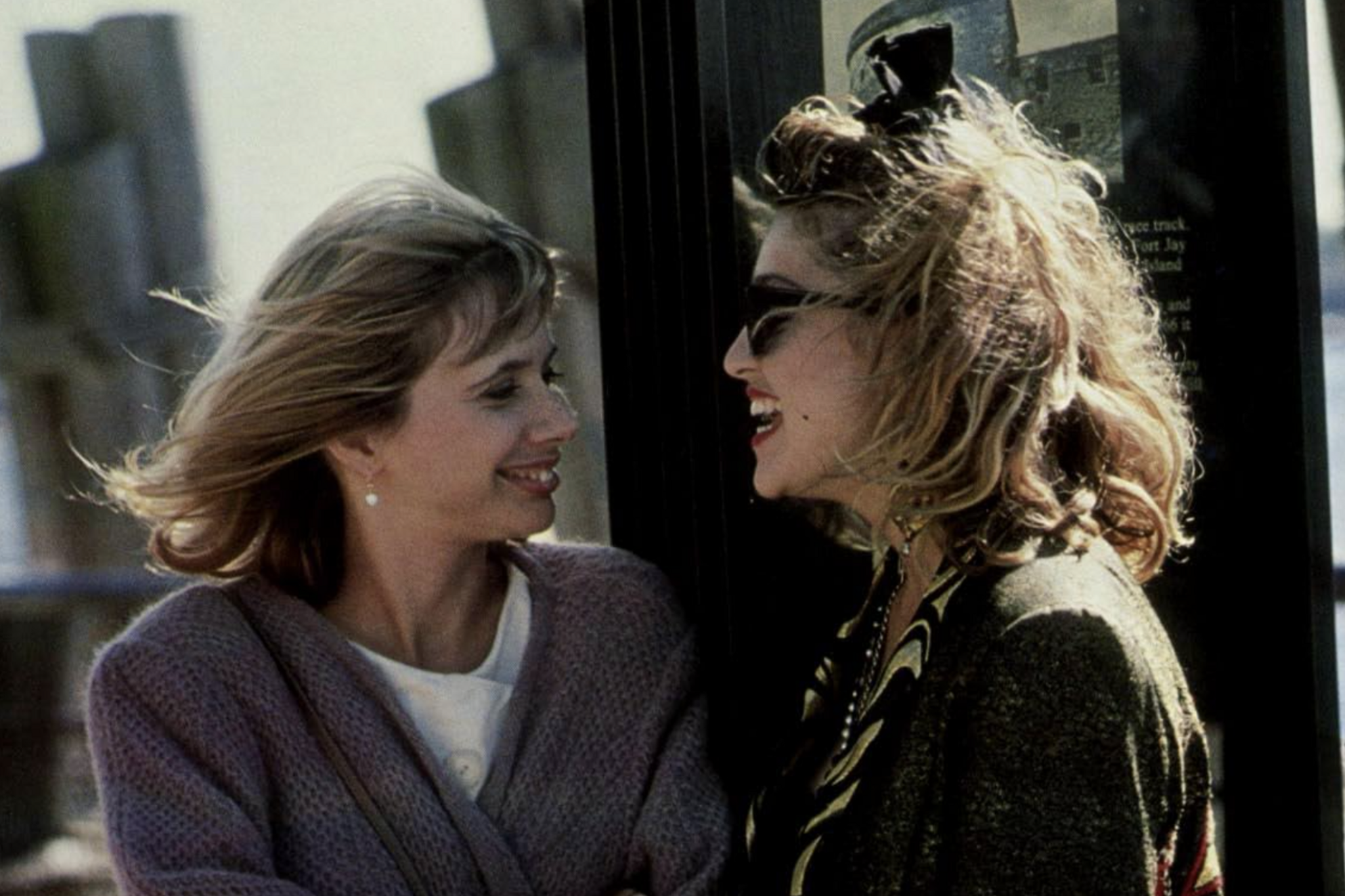
Susan Seidelman, Desperately Seeking Susan (1985)
While these films have traditionally been celebrated as odes to female friendship—with Jacques Rivette’s 1974 film Celine and Julie Go Boating hailed by the Criterion Collection as “one of all-time-great hangout comedies”—the central relationships resist such simple categorisation. Like the films’ elusive settings, these bonds inhabit an ambiguous space between; something between friendship and romance, offering a queerness rarely acknowledged by mainstream critics beyond the steamy girl-on-girl action in Mulholland Drive.
In Seidelman’s screwball comedy,Roberta, a bored and hopelessly romantic New Jersey housewife, becomes enchanted by a personal ad reading “DESPERATELY SEEKING SUSAN, keep the faith, Tuesday 10am, Battery Park, Gangway 1, Love Jim.”
“Desperate. I love that word, it’s so romantic,” she sighs, circling the ad with lipstick. Cut to Susan, lounging in the detritus of a one-night stand, posing for a polaroid selfie before turning the lens on her lover and escaping into the city. Struck by the aura of this unknown woman, Roberta heads into the city to spy on the lovers’ rendezvous. And, after a knock on the head causes memory loss, is mistaken for the free-spirited Susan, launching her into a series of adventures. The film follows both women through the underbelly of New York —from magic shows to jacuzzi showrooms—as they’re drawn together by an inexplicable attraction that blurs the boundaries between self and other.
The film’s structure reflects this doubling. Screenwriter Leora Barish cites Céline and Julie Go Boating as direct inspiration.Both feature a bored protagonist who crosses paths with a free-spirited stranger and follows her into a fantastical alternate reality, both stage a cabaret-style magic show. It’s no coincidence that these films have been embraced by queer audiences who recognize the merging of identities as typical of g lesbianattachments.. As filmmaker Jeremy Carr writes about Céline and Julie: “There is a melding of the two characters, a symbiotic relationship that transcends the sexual implications that are nevertheless present and mesmeric.”
Each film uses clothing as a device to bring women together. In Desperately Seeking Susan, the jacquard jacket with a gold pyramid design reading “NOVUS ORDO SECLORUM” (“The new order is dispatched”) causes the mistaken identity that structures the film. Roberta acquires it from a vintage shop where Susan has traded it, having followed her there with what Christopher Pullen calls “voyeuristic pleasure.” Roberta’s desire to possess Susan’s pawned jacket stems from profound fascination, an attempt to inhabit the other’s “second skin.”
This doubling reaches its peak when Roberta, still suffering from amnesia and being mistaken for Susan, encounters Dez (Aidan Quinn), Susan’s lover. Dez believes he’s connecting with Susan, while Roberta, unable to recall her own identity, performs “Susan-ness” based on fragments she’s gathered. When they make love, Roberta isn’t simply sleeping with Susan’s lover; she’s experiencing a doubled intimacy—connecting with Susan through Dez. Their tryst represents not just a heterosexual romance but a circuit of desire where Roberta accesses Susan’s pleasure. Later, when the real Susan discovers Roberta has slept with Dez, her reaction moves beyond mere jealousy to a complex recognition that part of herself has been experienced by another woman—a boundary transgression that’s both invasive and strangely intimate.
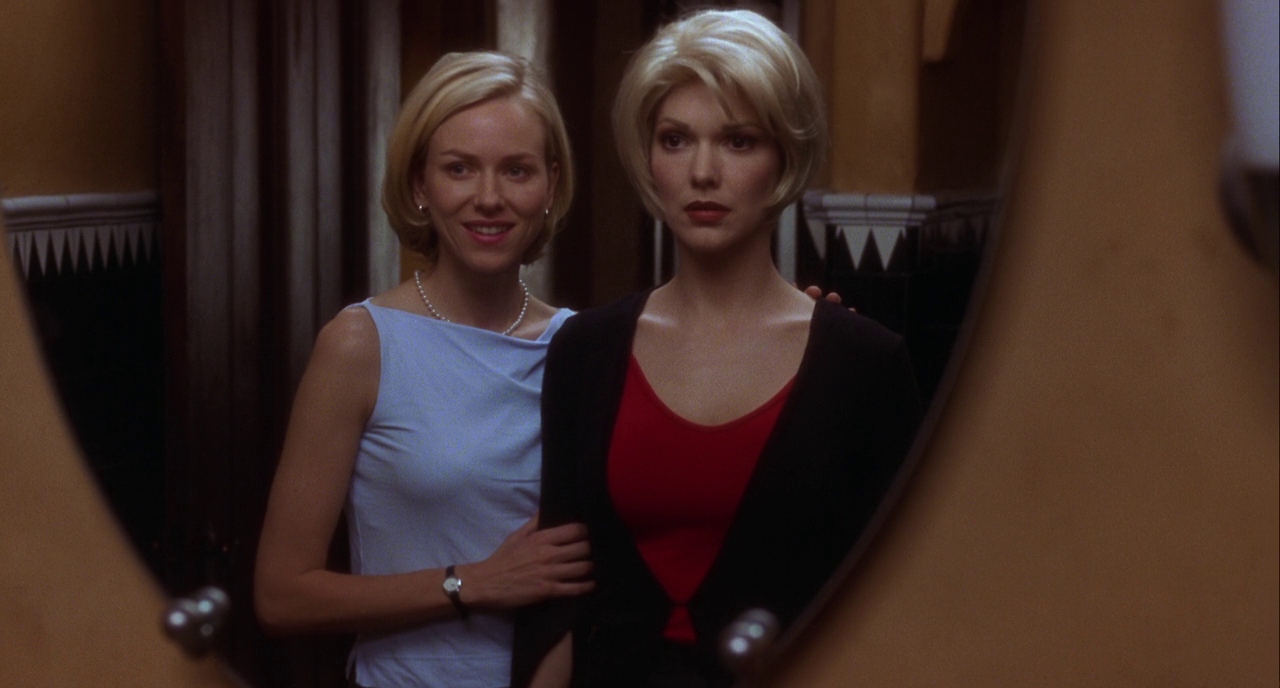
David Lynch, Mulholland Drive (2002)
Beyond the platonic or romantic, persona swap films create a transgressive third space. The literal exchange of clothes, spaces, and identities allows women to transition from passive observer to active participant in their own lives.
Charlotte Matheson
Similarly, in Céline and Julie, the two characters meet when Julie the librarian (Dominique Labourier) runs after Céline the part-time magician (Juliet Berto) to return a scarf she has dropped. This pursuit initiates a series of encounters that culminates with the women sharing an apartment, a bed, and eventually a lover. The opening scene itself raises questions for critic Paul Christman: ‘Are we watching role-play between friends or lovers? An eccentric meet-cute? Two characters behaving, or two actors acting?’ Even after three hours of viewing time spanning eighteen days of filming and four days of diegetic time, these questions remain tantalisingly unresolved.
When Julie wraps herself in Céline’s scarf, she explicitly interprets her interest in the eccentrically dressed woman as one might feel about a romantic prospect. Having followed Julie to her hotel, she returns the scarf with a flourish—”Tenez, ceci est à…Mademoiselle” (“Here, this is for… Mademoiselle”)—Céline responds with a telling “Merci monsieur,” acknowledging the flirtation while framing it within traditional heterosexual courtship dynamics. As Julie walks away, Céline gazes after her, biting her lip.
This swapping of clothes acts as a playful initiation into another woman’s life. Both Céline and Julie and Desperately Seeking Susan revel in play—their visual worlds cluttered with toys, magic cards and theatrical props. This aesthetic allows the women to shed rigid feminine roles—wife, librarian, lover—and inhabit imaginative spaces where fantasy and intimacy become indistinguishable. From Céline biting her lip as she watches Julie leave the hotel bar, to Roberta inserting a quarter into binoculars to observe Susan, these women deliberately stare. They challenge Laura Mulvey’s traditional “active male/passive female” gaze by featuring female protagonists who actively desire to look at each other. Their subversive gazes establish what D.N. Rodowick calls “a utopian possibility” where queer desire becomes viable, loaded with an intimacy that exists without heterosexual male intervention.
Beyond the platonic or romantic, persona swap films create a transgressive third space. The literal exchange of clothes, spaces, and identities allows women to transition from passive observer to active participant in their own lives. For Roberta, transformation culminates in the declaration to her husband: “Look at me. I’m not coming home with you, Gary.” This is not merely a rejection of her marriage but an assertion of her reconstructed self. For the studio behind Desperately Seeking Susan, this raised alarm bells, and one publicist recalls an explicit effort to suppress any queer readings of the film. Indeed, concerns were raised about having two women on the poster in matching outfits: it might “make people think it was a lesbian movie.”
So 40 years after Desperately Seeking Susan‘s release, perhaps it’s time to acknowledge what many viewers (and publicists) have always recognised—that these persona swap films, with their fluid identities and intimate female bonds, offer some of cinema’s most compelling queer narratives, all without ever explicitly naming themselves as such. Or perhaps the magic of these films lies in their playful refusal to be categorised at all—to quote Susan’s carefree declaration: “I’m just a girl, who’s desperate to have a good time.”

